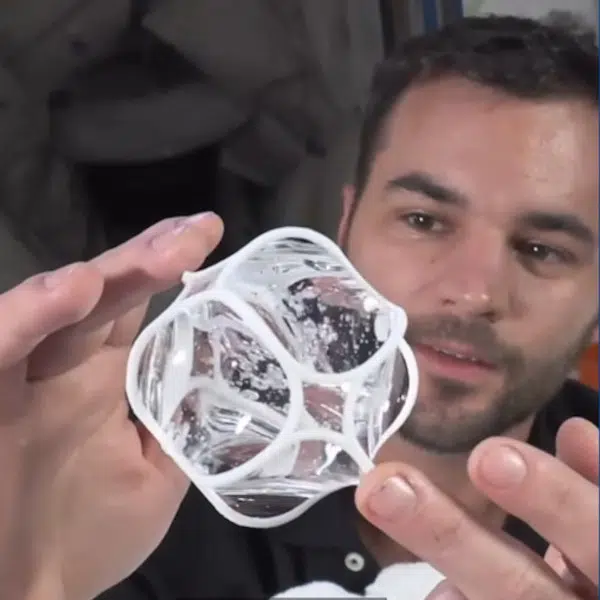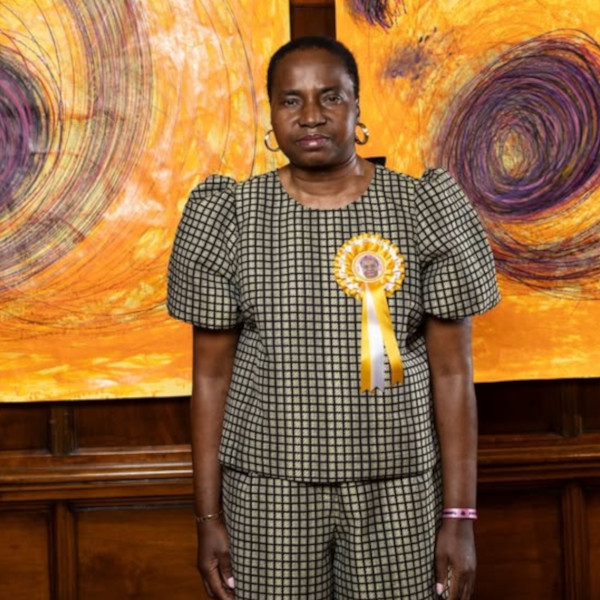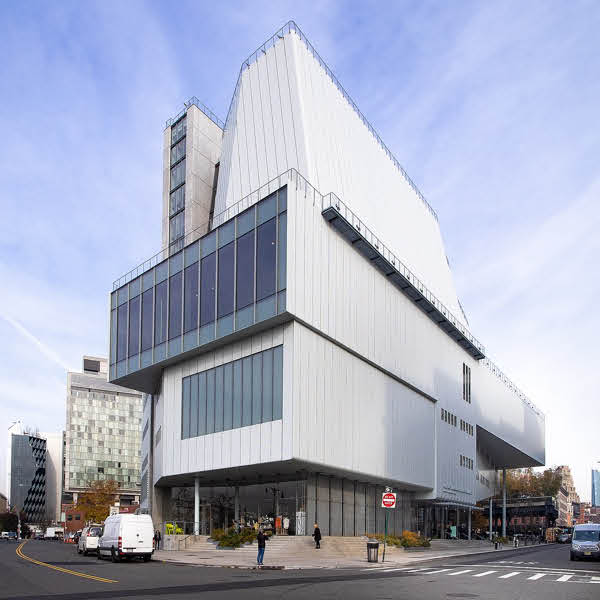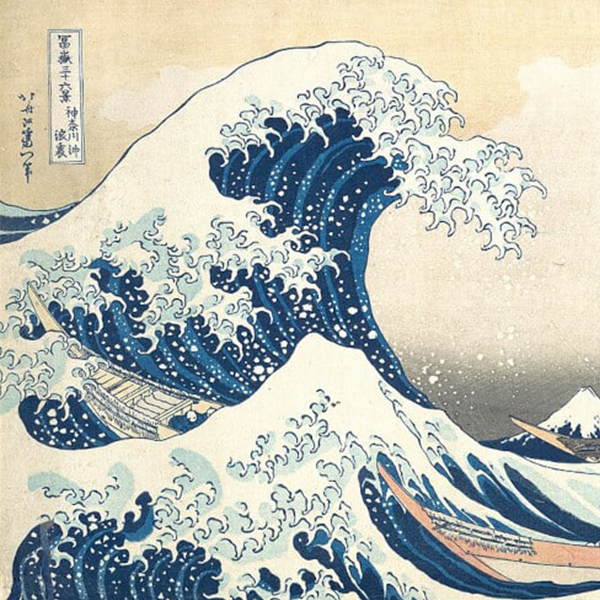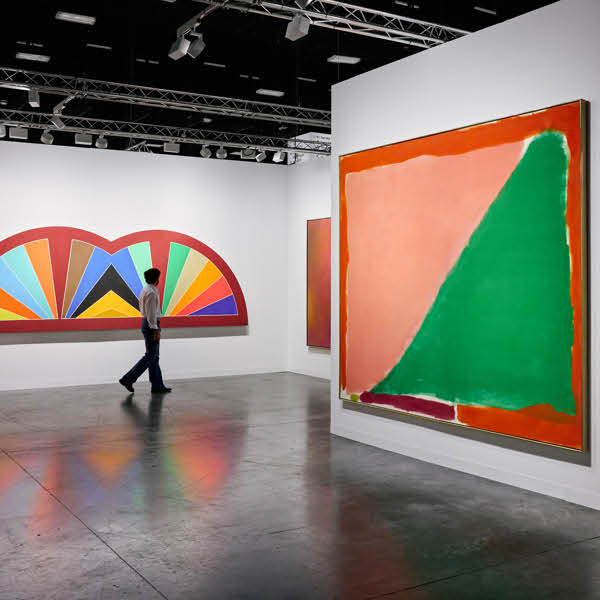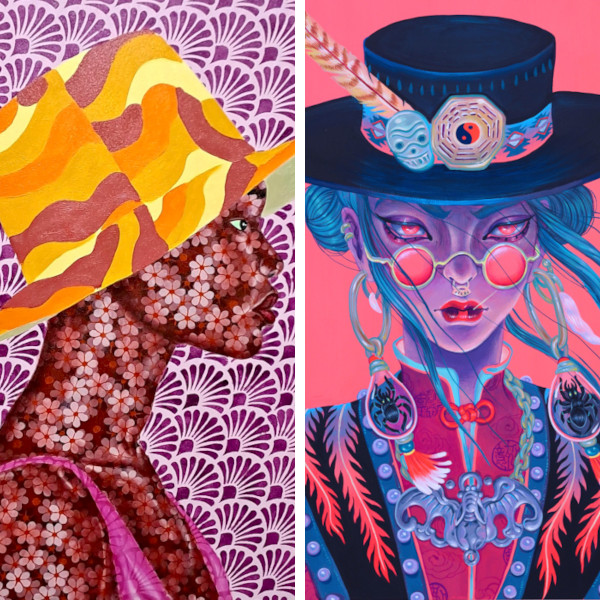One might assume that a microbiologist in a family of art conservators would mark the end of a long-lasting career heritage. However, this was not the case for Pilar Bosch and her mother, Pilar Roig. Together, this Spanish mother-daughter duo combines their respective art and science expertise to restore 18th-century frescoes, continuing the family tradition.
Roig faced a dilemma: during restoration work in the 1960s at the Santos Juanes Church in Valencia, the Antonio Palomino frescoes were compromised. Past art historians had removed the frescoes using a stubborn adhesive, which has left the current restorers with the challenging task of removing the glue. The restorationists were forced to rely on warm water and sponges for this process and found it to be not only time-consuming but also damaging to the aged artwork.
Fortunately, her microbiologist daughter, Bosch, offered a solution. Inspired by a 2008 paper on using bacteria to clean frescoes in Italy, she pursued this topic during her PhD. She conducted over a decade of research on using bacteria in art restoration. Now, Bosch has found a way to address her mother’s problem.
Financially supported by local foundations, the two have embarked on a journey to use bacterial techniques in fresco restoration.
Bosch first trained the bacteria by feeding them samples of glue produced from animal collagen, a common adhesive used in art rehabilitation. Over time, the bacteria learned to naturally produce enzymes capable of breaking down the adhesive.
Then, the pair combined the now-trained bacteria with a natural algae-based gel to create a specialized mixture. With the artworks coated in the gel, they reattached them to the walls, still coated in glue. After allowing the natural bacteria mixture to work for three hours, they gently removed the gel, revealing restored paintings free of glue.
Bosch has expanded her technique to other regions of Spain and Italy, assisting with restoration projects in Pisa, Monte Cassino, and Santiago de Compostela. Now, she has taken on a more contemporary challenge: using a different kind of bacteria to remove spray-painted graffiti from walls.
Bosch and Roig’s story beautifully exemplifies scientific ingenuity at the intersection of art and science. It also showcases the possibility for two diverse disciplines to unite, furthering their family’s professional legacy.
Reuters: YouTube | Website
h/t: [Reuters]
Related Articles:
15+ Times Artists Fixed Broken Objects and Made Them Better Than Before
Painting Restoration Gone Wrong Turns the Virgin Mary Into a “Misshapen Lump”











































































